The two most common options to have your teeth straightened are with Invisalign and traditional braces. Although both are effective, the two procedures vastly differ in terms of appearance, feel, cost, completion time, and upkeep. If you’re in the market for orthodontic treatment, you’ll find this in-depth comparison can be a great reference to help you know what’s right for you.
Detailed Quiz: Should You Choose Invisalign or Braces?
Understanding Invisalign and Braces
What is Invisalign?
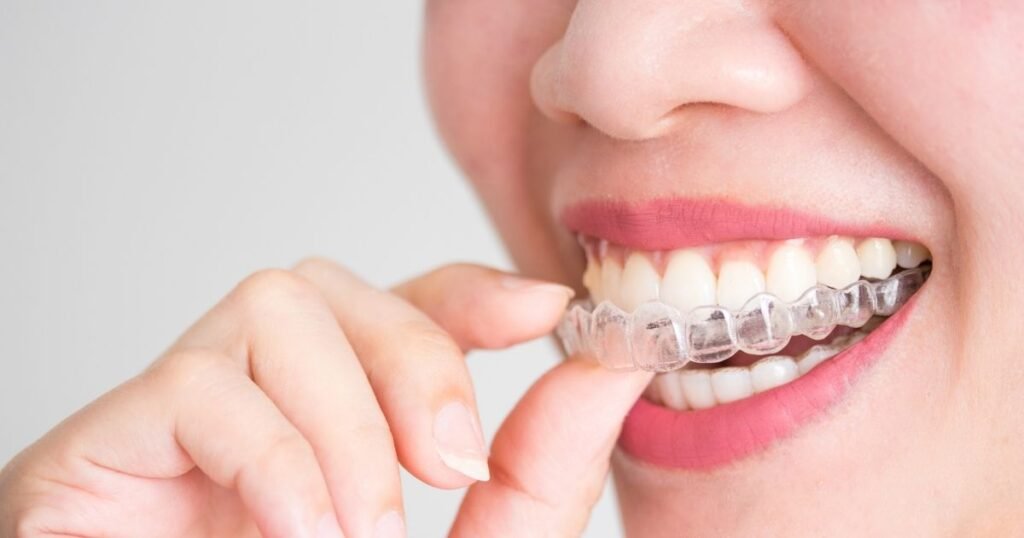
Invisalign is the latest technology in orthodontic treatment, by gradually moves your teeth into position using a series of custom-made, clear aligners. These aligners are custom-built thanks to advancements in 3D imaging technology and are replaced every one to two weeks to facilitate treatment.
What are Traditional Braces?
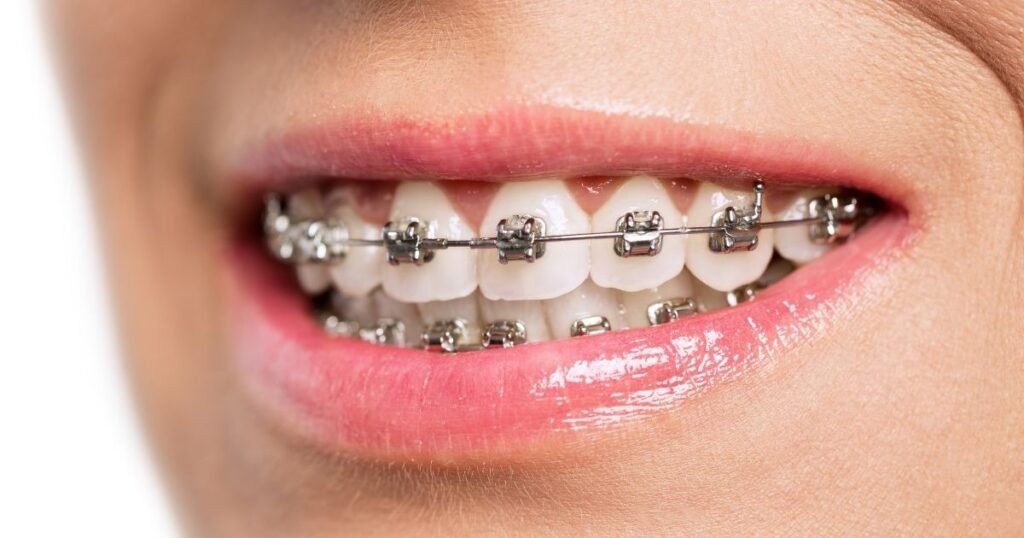
Braces are made up of brackets that are glued to the surface of the teeth and connected by wires or elastics. The wires are periodically adjusted by the orthodontist to help shift the teeth into their proper positions.
Invisalign vs Braces: A Comprehensive Comparison
The following table provides a side-by-side comparison of Invisalign and traditional braces:
| Feature | Invisalign | Braces |
|---|---|---|
| Appearance | Nearly invisible, clear plastic aligners | Visible metal or ceramic brackets |
| Comfort | Smooth plastic, minimal irritation | Can cause discomfort due to brackets & wires |
| Effectiveness | Best for mild to moderate cases | Suitable for all cases, including complex ones |
| Removability | Can be removed for eating and brushing | Fixed in place throughout the treatment |
| Oral Hygiene | Easier to clean teeth, no food restrictions | Brushing & flossing are more challenging |
| Treatment Duration | 12-18 months on average | 18-24 months, depending on complexity |
| Check-ups | Every 4-6 weeks | Every 3-4 weeks for adjustments |
| Cost | $3,000 – $8,000 | $2,500 – $7,500 |
| Speech Impact | Initial Lisp is possible but improves | No impact on speech |
| Suitability for Teens & Adults | Ideal for responsible teens & adults | Suitable for all ages |
| Diet Restrictions | None (since aligners are removed while eating) | Avoid sticky & hard foods |
| Emergency Repairs | No emergency visits needed | Brackets or wires may break, requiring repair |
Pros and Cons of Invisalign vs Braces
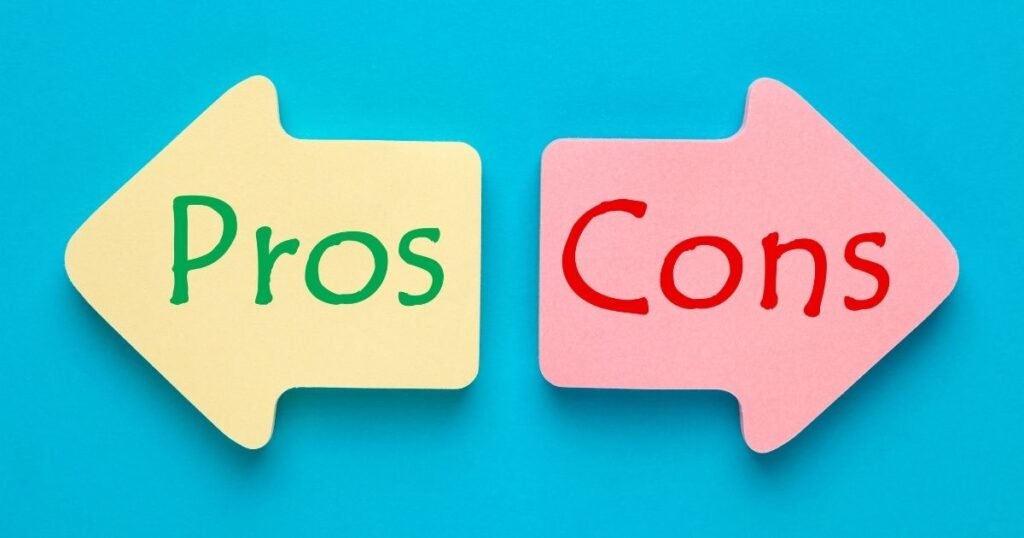
Pros and Cons of Invisalign
Pros:
- Almost unnoticeable – a great option for those worried about appearance.
- Comfortable, with no metal wires or brackets.
- Can be taken while eating and brushing; gives you better oral health prayers/stronger teeth, and easier hygiene.
- Less frequent trips to the orthodontist, because there are no adjustments to make.
Cons:
- Discipline required -Most People have to wear aligners for 20-22 hours a day.
- Not for severe misalignment or complex dental problems.
- It may be pricier than standard braces.
- Aligners can get lost or lost leading to a setback in treatment.
Pros and Cons of Braces
Pros:
- Applicable to all orthodontic cases, no matter severe misalignment.
- You won’t have to worry about these coming off because they are attached permanently!
- In some cases less expensive than Invisalign.
- The treatment progression is steady there is no movement of devices.
Cons:
- Markedly Distance progression, which some perceive as a confidence killer.
- It may be uncomfortable, particularly following adjustments.
- More difficult to brush teeth effectively, which leads to cavities.
- Dietary limitations (nothing sticky, hard, or chewy).
Invisalign vs Braces-Treatment Process: How Do They Work?

Invisalign Treatment Process
- First Visit: A dentist or orthodontist evaluates your teeth and takes digital scans.
- Aligner Customization: A set of customizable aligners is created according to your treatment plan.
- For Wearing the Aligners: Each aligner is worn for 1-2 weeks, depending on the amount of tooth displacement.
- Progress Checks: Recurring check-ups, roughly every 4-6 weeks, to make sure you are staying on track.
- Retainers & Completion: Retainers are received after treatment to keep the tooth straight.
Braces Treatment Process
- First Visit: X-rays and impressions are made to plan the treatment.
- Fitting Of Brackets: Spacer placed, brackets fixed on teeth, wires ligatured.
- Regular tire rotations: You get your tires rotated every 3-4 weeks, to shift teeth slowly.
- Braces: Depending on the case, treatment time can be 18 months or longer.
- Removal & Retainers. When teeth are straightened, the retainers hold the teeth in the new, aligned position
Comfort and Maintenance: Invisalign vs Braces

Comfort Level
- Invisalign: More comfortable because they are smoother and there are no sharp brackets. For some, there may be a little discomfort when transitioning to a new aligner.
- Braces: May be irritating in the mouth, especially at the beginning or with tongue adjustments.
Oral Hygiene Maintenance
- Invisalign – easy brushing and flossing because aligners are removable.
- Braces: Cleaning windows and wires is difficult and requires special tools, such as interdental brushes.
Price and insurance coverage- Invisalign vs. Braces

The price for each treatment will depend on such variables as degree of misalignment, duration of treatment and location.
| Treatment Option | Estimated Cost (USD) |
|---|---|
| Invisalign | $3,000 – $8,000 |
| Braces | $2,500 – $7,500 |
Braces Cost Comparison in the USA
| Type of Braces | Cost Range | Visibility | Treatment Duration | Pros | Cons |
|---|---|---|---|---|---|
| Metal Braces | $3,000 – $7,500 | Highly visible | 18-36 months | Most affordable, very effective | Noticeable, may cause discomfort |
| Ceramic Braces | $4,000 – $8,500 | Less visible | 18-36 months | Blends with teeth, effective | Costs more, can stain easily |
| Lingual Braces | $8,000 – $13,000 | Invisible (behind teeth) | 24-36 months | Completely hidden, effective for complex cases | Expensive, can be uncomfortable |
| Self-Ligating Braces | $4,000 – $8,500 | Visible but smaller brackets | 18-30 months | Less friction, faster treatment | More expensive than metal braces |
| Invisalign (Clear Aligners) | $3,000 – $8,000 | Nearly invisible | 12-24 months | Removable, comfortable, discreet | Requires discipline, not for severe cases |
This table serves as an easy reference for readers in comparing treatment options, based on cost, visibility and treatment duration.
Some dental insurance plans will pay for orthodontic treatment, but the amount covered can be limited. Some will reimburse for a percentage, some a fixed amount for orthodontia. It’s crucial to check with your provider to find out what you are covered for.
Lifestyle Suitability-Invisalign vs Braces
Best for Adults and Professionals → Invisalign
- If you are client-facing or prefer discreet options, Invisalign is a great choice.”
Best for Teens and Kids → Braces
- Because you do have to be compliant with Invisalign, braces may be a good choice for a younger person, as they don’t have to worry about being disciplined in wearing them correctly.
Best for Athletes and Musicians → Invisalign
- Braces often cause injuries when athletes are hit during sports, and Invisalign is safer.
Best for Complex Dental Cases → Braces
- Head, severe misalignment, crowding, and bite issues are best corrected with braces.
Verdict: Which One to Pick? Invisalign vs Braces
Ultimately, whether to choose Invisalign or braces comes down to your dental condition, lifestyle, budget, and your own choice.
- Choose Invisalign if:
- You want an almost invisible fix.
- You are willing to wear aligners 20-22 hours per day.
- Yours is a mild to moderate case.
- You want fewer dietary restrictions and enhanced oral care.
- Choose Braces if:
- You have severe misaligned or bite problems.
- You don’t want to concern yourself with remembering to pop something in.
- You are cost-sensitive.
- You are okay with the look of brackets and wires.
Invisalign and braces can both deliver that perfect smile, you just have to decide what’s right for you. Don’t worry, an orthodontist can explain the treatment option that best suits your teeth and lifestyle.
FAQs on Invisalign vs Braces
What moves teeth faster, braces or Invisalign?
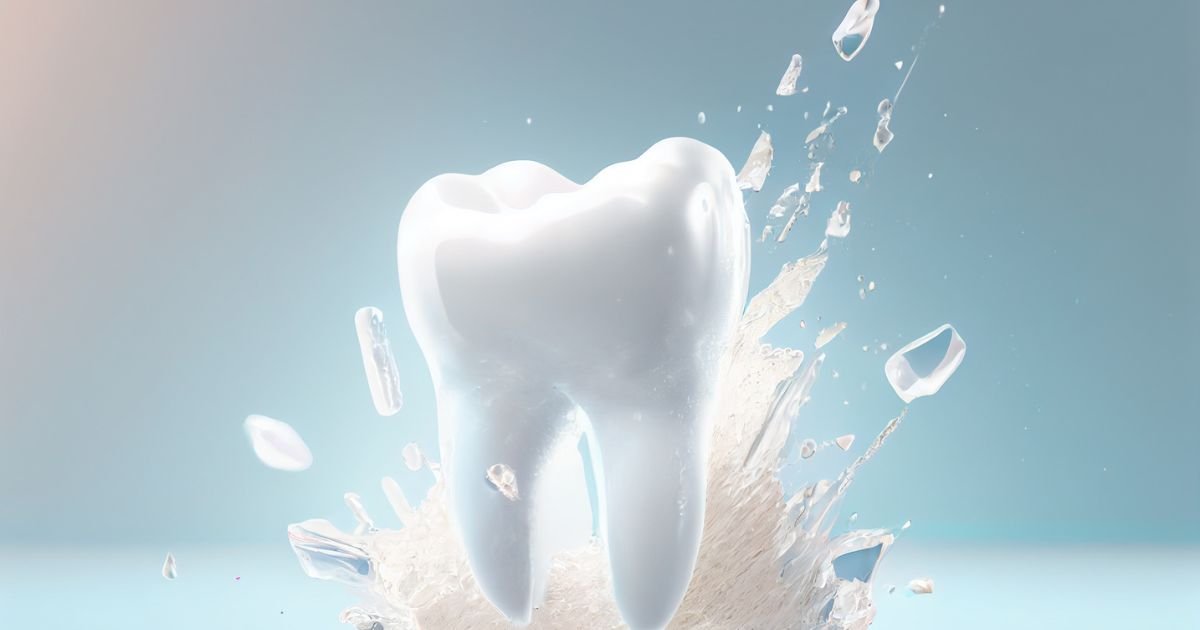
Braces usually shift teeth more quickly than Invisalign, even in challenging cases. Braces also use pressure that is continued with braces & wires, compared to removable Invisalign, which doesn’t always apply the same constant force. But the specific rate is determined by the complexity of the case and the patient’s cooperation.
Explanation:
Braces Work More Quickly for Severe Cases – With braces, teeth are glued to the teeth and use steady pressure to reposition the teeth in a more effective way that can complete treatment within a 12-24 month period.
Powerchains and Brackets are Faster but Less Comfortable – While Invisalign is slower, it’s also more comfortable due to its removable trays (provided you stick to wearing them 20-22 hours a day, slower if you don’t).
Level of Misalignment – Severity of misalignment counts because braces are more effective in handling severe situations of crowding, overbites, underbites, and gaps, but Invisalign serves well for mild to moderate misalignment.
Treatment Speed is Patient-Dependent – Metal braces are always in place and doing their jobs, while Invisalign relies heavily on patient compliance with aligners.
Technology & Adjustments – Braces must be adjusted manually and in-office every few weeks; Invisalign aligners change out every 1-2 weeks. Speed also depends on the treatment regimen and response to motion.
In conclusion, braces generally shift teeth more rapidly than Invisalign, but the ideal decision varies by individual and lifestyle.
How much does Invisalign cost?
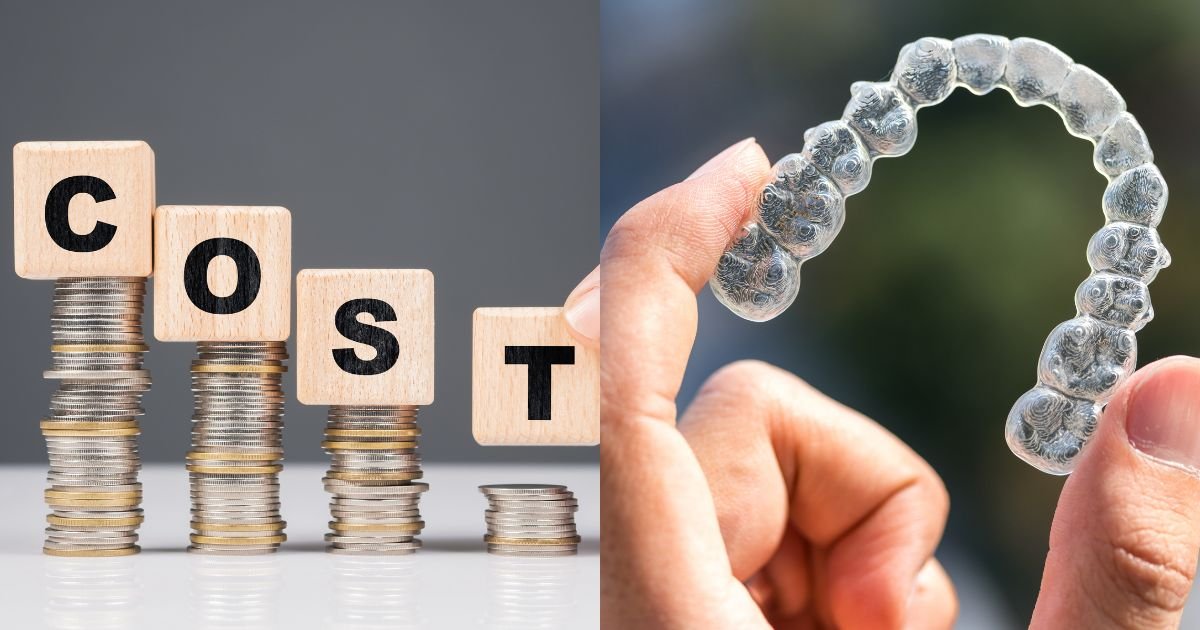
Invisalign treatment can cost between $3,000 and $8,000, depending on the case, length of treatment, and location. Insurance can defray some of the costs, but out-of-pocket expenses depend both on individual plans and the fees charged by orthodontists.
Explanation:
Cost Depends on Complexity – The fewer things that need to be corrected, the less expensive; severe cases will require many more aligners and thus cost even more.
Location, Location, Location – You’ll pay more in the city because of overhead.
Some insurance may cover – A few dental plans treat Invisalign like regular braces, cutting their cost.
Payment Plan Option – Some providers and offices offer financing plans for Invisalign, which can make the $3500-$8000 price of Invisalign a little easier to afford.
Price Can Depend on Orthodontist Skill Level – Advanced providers may charge more.
Do orthodontists prefer Invisalign?
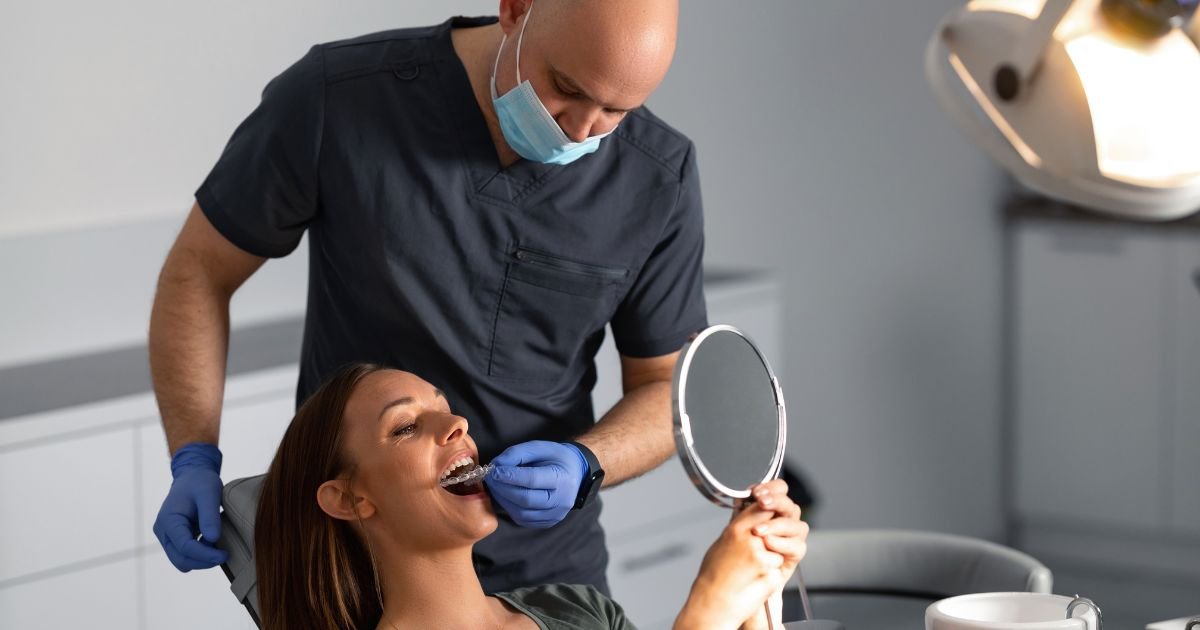
Braces are usually the preferred option for complex cases, but can also be recommended by orthodontists for mild to moderate malocclusion. While Invisalign is successful, braces offer greater control over challenging tooth movements, so they are better suited for severe orthodontic cases.
Explanation:
Braces Are Best for Complex Cases – Braces realign complicated deviation, severe crowding, and bite problems.
Invisalign Is Effective for Mild to Moderate Cases – It is the best option for patients with small spaces and mild alignment issues.
Invisalign Relies on Patient Compliance – Some orthodontists prefer braces for non-compliant patients.
The Appearance of Invisalign vs. Braces. Invisalign Looks Better – One of the most popular reasons that people consider Invisalign over other orthodontic treatments is that Invisalign is less visible.
Each Orthodontist Is Different – Some specialists have more familiarity working with one style over the other.
Do you have to wear Invisalign forever?
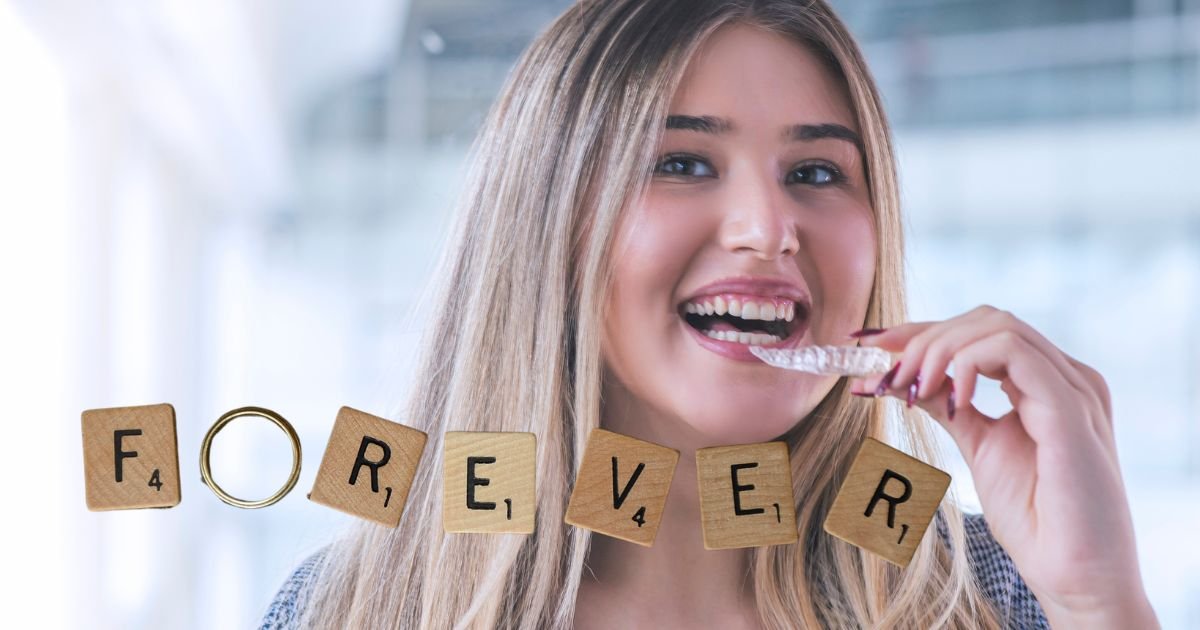
If wearing a retainer afterwards, no. Without wearing a retainer, the teeth can gradually settle back into their former position, and you may end up needing further treatment. It is important for the stabilization of long-term alignment that retainers are worn.
Explanation:
Retainers Keep Teeth from Moving – Normal teeth movement occurs when there is no retainer.
Worn Full-Time at First – Depending on your orthodontist, you could spend the first few months wearing your retainers all the time.
Your Smile Over Time – After a few months, you will only need to wear them at night.
Various types of Retainers – There are fixed or removable retainers to choose from according to your liking.
Maintained for Life – Retainers must be worn occasionally for life, or relapse is generally possible.
Why is Invisalign so expensive?

Invisalign costs a lot because of cutting-edge tech, bespoke aligners, and tailor-made orthodontic treatment. The treatment includes 3D printing, custom planning, and multiple aligner sets, which are all factors that make the clear braces more expensive than the traditional ones.
Explanation:
Made-to-Order Aligners – Every set is tailor-made for the patient’s teeth.
Ultra-3D Design – Digitalized image and artificial intelligence plan ensure high accuracy.
Multiple sets of Aligners – Patients get several aligners that have been modified for incremental adjustment.
Specialized Care Needed – Care is supervised by an Orthodontist, increasing the price.
An Overview of Dexterity Higher Lab and Material Costs – Invisalign uses a patented SmartTrack material that increases costs.
Do braces hurt more than Invisalign?
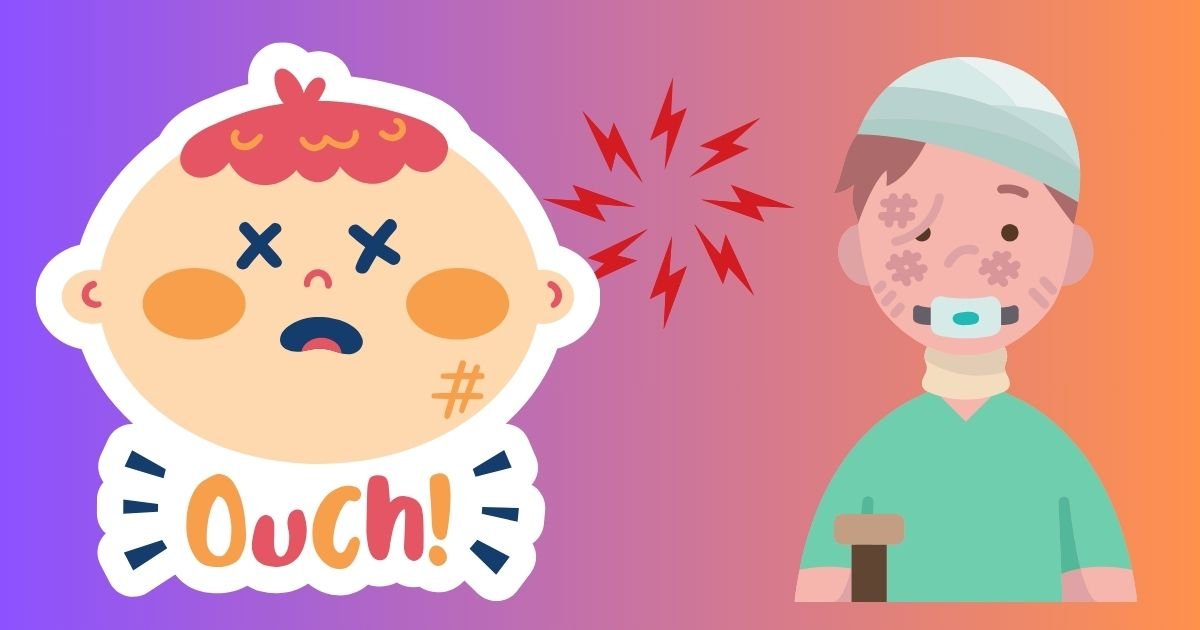
Yes, braces hurt more than Invisalign on average, since the braces consist of metal brackets and wires, which constantly put pressure as compared to the aligners. Invisalign is less noticeable and more comfortable to wear, but both treatments can lead to some discomfort, particularly after adjustments and when transitioning to a new aligner.
Explanation:
Braces Are More Irritating – When it comes to the inside of your mouth, metal wires and brackets aren’t exactly smooth.
Invisalign is Heather – There are no metal brackets/braces, which means less irritation to your gums and cheeks.
Braces are Tight and Painful – As the braces get tighter during your bi-weekly or monthly adjustments, more pressure is applied to your teeth, forcing them to shift, which causes pain.
Invisalign Pain When Changing Aligners – Some minor discomfort accompanies every new tray.
Some People Tolerate Pain Differently – Some experience more pain with braces while some are sore with Invisalign.
Do more people get braces or Invisalign?
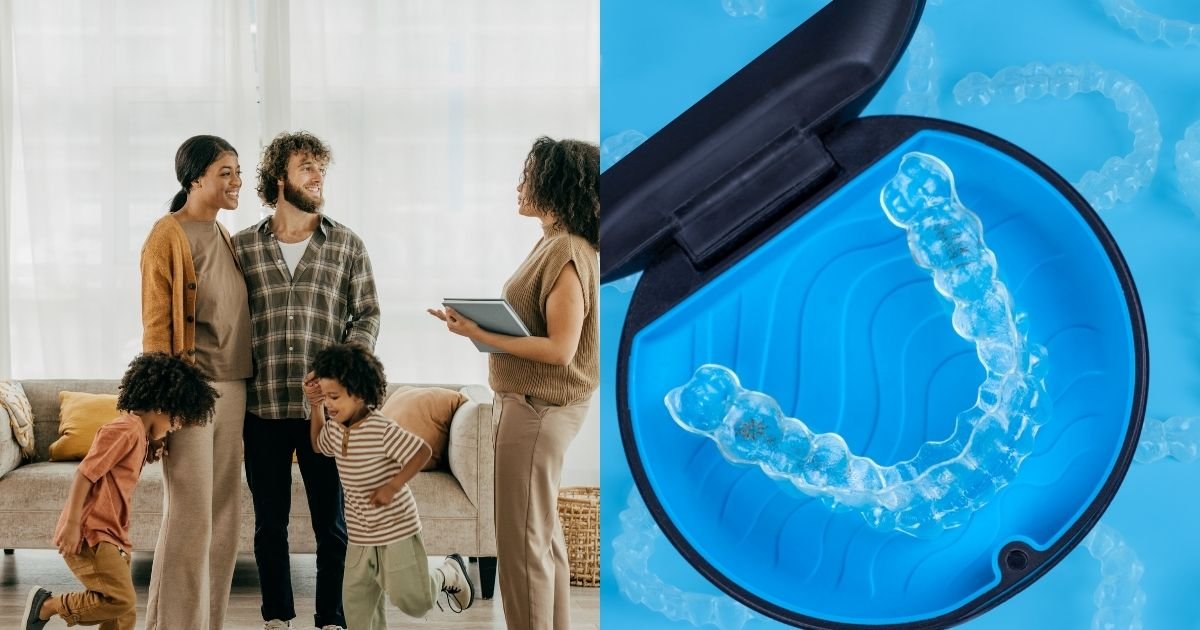
There is a slight bias towards overall braces vs. Invisalign, especially with children and severe cases, while adults and people who want it discreetly prefer Invisalign. The option is based on age, type of case complexity, and preference.
Explanation:
Braces are more frequent among children. Many parents will opt for braces for young patients because they work.
Invisalign is Popular with Adults – More adults choose Invisalign today because it is clear and removable.
Braces are used in more severe cases. A complicated misalignment needs braces for better handling.
Invisalign is More Popular– Technological advances have made Invisalign much more effective than in the past.
Personal/Business Costs and Restrictions Influence – Braces are more affordable, and Invisalign requires consistent wear (i.e. discipline) at least 20-22 hours a day.
Do more people get braces or Invisalign?
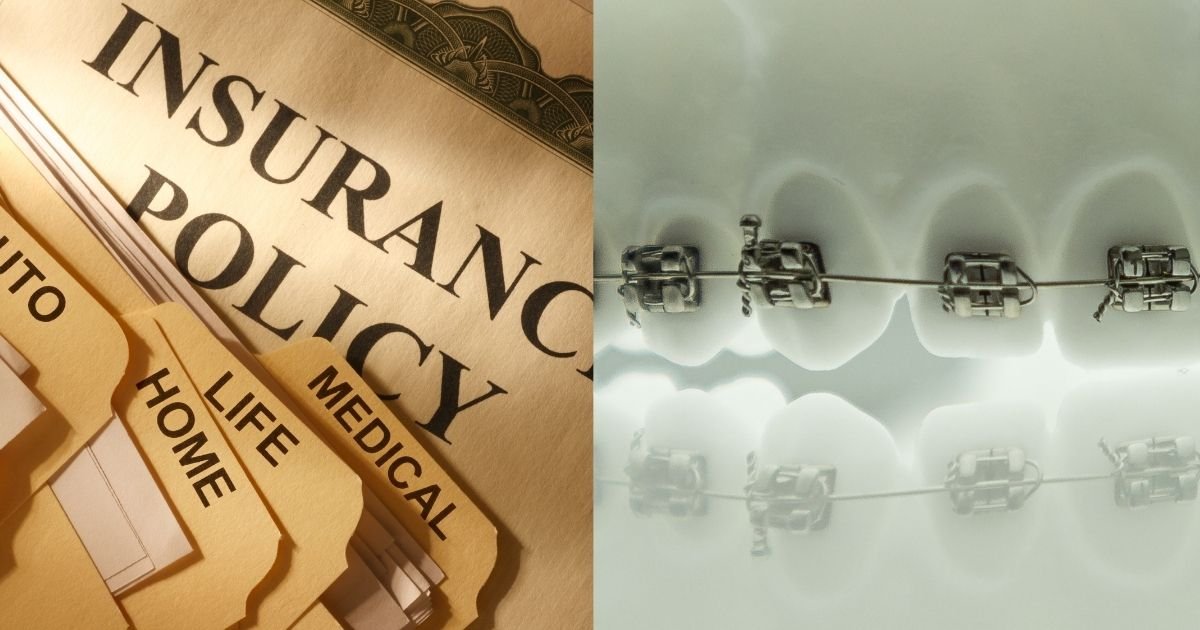
Yes, some dental insurance plans cover part of the cost of braces, especially for children. Coverage depends on the plan, and some policies may have age-specific limits or limitations. The coverage for Invisalign depends on the provider and is usually less generous than that of braces.
Explanation:
Braces Are Generally Covered – Many insurance policies cover most of the cost, so it costs less for you!
Coverage depends on the Plan – Some plans only pay for children’s orthodontics and not for adults.
Invisalign Is Not As Covered as braces are – Not all insurances cover Invisalign, and the Invisalign case charge is less than the braces.
Age Limitations May Apply – Certain policies may only cover orthodontic treatments for patients who are less than 18 years of age.
Payment Plans Can Reduce Costs – Orthodontists frequently provide financing for out-of-pocket costs.
What are the pros and cons of Invisalign?
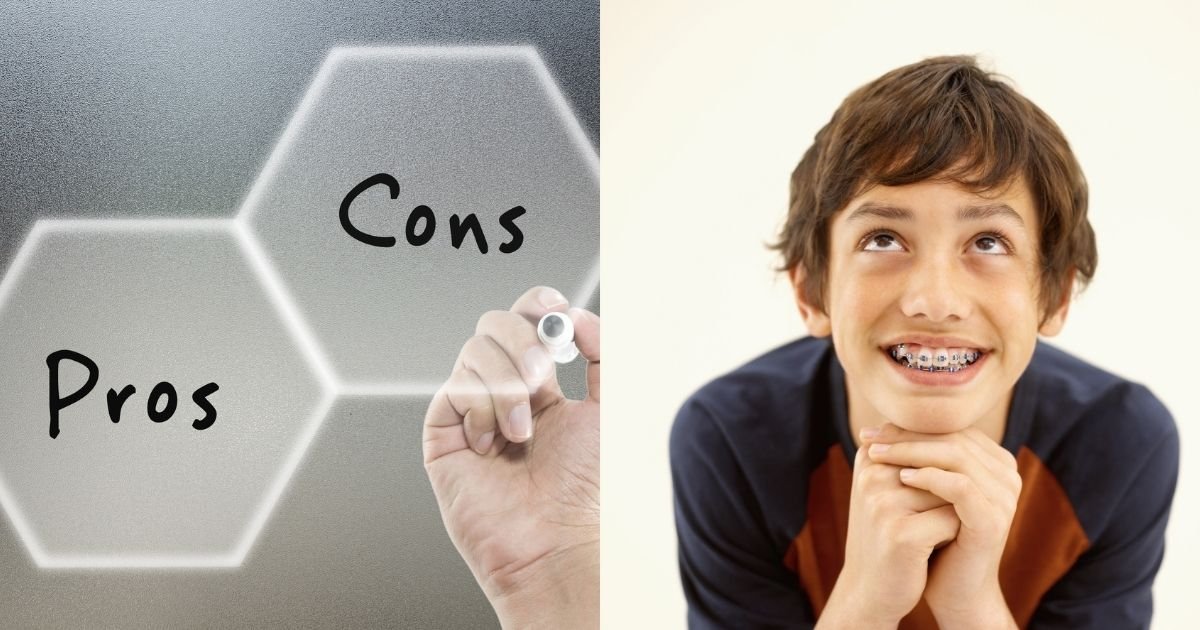
Pros:
Almost Invisible – Clear aligners are subtle and attractive.
It is removable for eating and oral hygiene.
Less Painful – No metal or wires to irritate your mouth, tongue, or gums.
Ease of Cleaning – Aligners can be easily removed for normal brushing and flossing.
Fewer Orthodontist Visits – No more tightening of the wires.
Cons:
Needs Discipline – It needs to be worn 20 to 22 hours a day to work.
Costs More – As a general rule, it is more expensive than conventional braces.
Not For Severe Cases – Not as Effective for Major Misalignment or Bite Problems.
Can Be Misplaced or Damaged – A set of clear aligners requires careful treatment.
Baby, it’s a Bit When Changing Aligners – Teeth may be a little sore for a few days.
Summary:
Invisalign is another mild to moderate alignment treatment, but it can be expensive and must be worn for a certain amount of time. Braces are still the best option for severe orthodontic issues.
Can you drink alcohol with Invisalign?
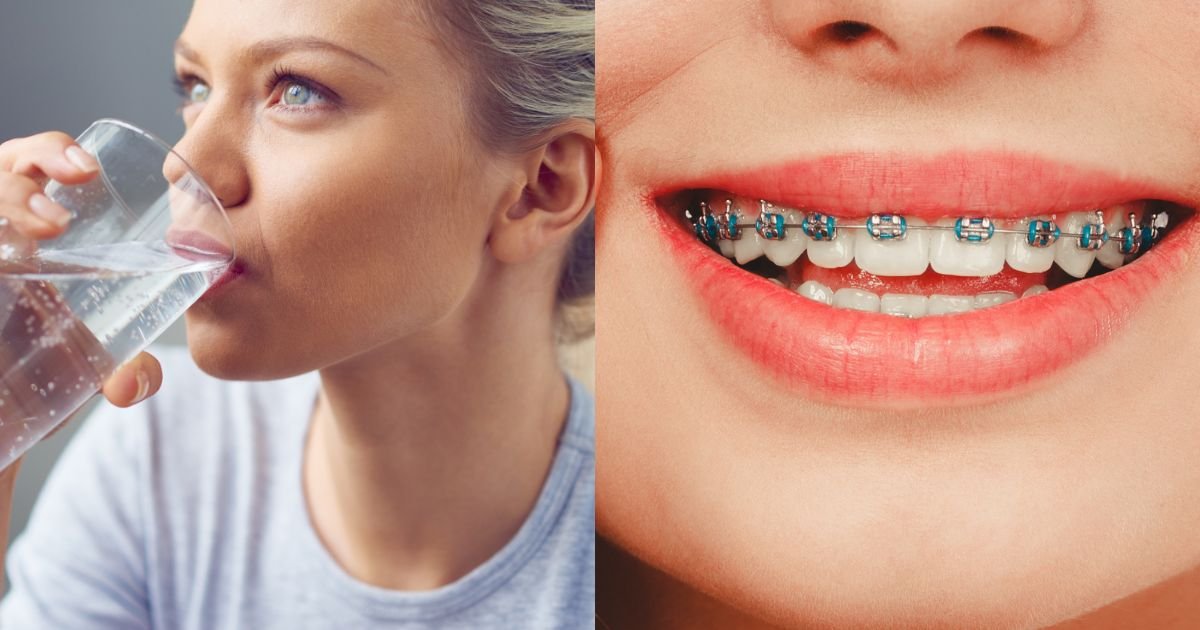
Only water can be ingested when you are wearing Invisalign. The aligners can be discolored or warped by colored or hot drinks. You do want to take them off before you drink anything other than water to keep them effective and clean.
Explanation:
Water is Okay – No damage will be done if you do choose to drink clear, non-carbonated water while wearing your Invisalign.
Don’t Drink Hot – You wouldn’t want to bend them now, would you? Is there anyone not patient enough?
Coloured Beverages Stain – Coffee, tea, and wine will cause the aligners to change colour.
Sweet & Sour Beverages Raise Risk of Decay – Sugar and acid tend to get trapped under the aligners, causing cavities.
Take out the Aligners before you drink anything – Prevent damage and staining.
Is Invisalign covered by insurance?

Some dental insurance plans pay for Invisalign, but coverage can be very different. Most insurers categorize it as a cosmetic procedure and provide partial or no coverage. The best way to know your specific benefits is to check with your provider.
Explanation:
Coverage depends on Your Plan – Some insurance providers contribute to the cost of Invisalign.
Frequently Deemed Cosmetic – Chartered covers what braces do (but not Invisalign).
Partial Coverage is the Norm – Many plans cover up to a specified limit, $1,500 to $3,000, for instance.
Not For Everyone – Some plans only cover children.
Payment Plans Help – Quite a few orthodontists finance the costs not covered.
Do braces or Invisalign last longer?
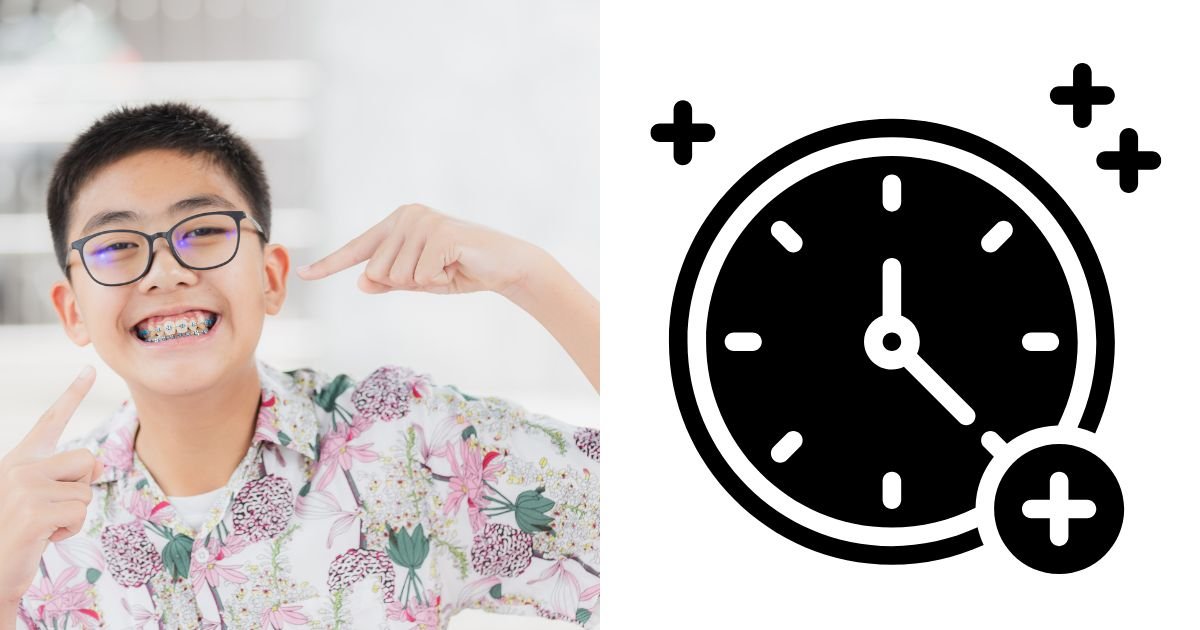
Braces often require more time than Invisalign treatment for mild cases, but may be faster in the case of serious misalignment. Invisalign can often take 12-18 months, braces can take 18-24 months or longer. Retainers are required for both post-treatment and maintenance.
Explanation:
Invisalign Straightens Teeth Sooner – Depending on the level of complexity, simple movements can be completed in a year.
Braces are More Effective for Difficult Cases – Complicated problems may take longer than two years.
Invisalign is Time-Dependent – it Needs to be worn 20-22 hours every day to work.
Braces Maintain Constant Pressure – They Will Not Be Forgotten.
You’ll Need Retainers After Both – Teeth like to move without a retaining device.
What are the disadvantages of Invisalign?

Invisalign has its cons, such as having to wear it strictly for a certain amount of time, and it is significantly more expensive than braces, not to mention severe cases are unqualified. It does take commitment and finesse to use it right.
Disadvantages:
Needs to Be Worn Regularly – Must be worn 20-22 hours per day for the best results.
More Costly Than Braces –The Cost could be greater for custom aligners.
For Serious Misalignment, No Braces will be more effective for serious orthodontic problems.
Easy to Lose, Easy to Break – Because removable aligners need to come out, they can easily be damaged or lost.
May Cause Speech Problems In The Beginning – At first, some experience a short-term lisp.
Why do dentists not recommend Invisalign?

Invisalign may not be suggested by some dentists for severely misaligned teeth, bite concerns, or people who have compliance issues. While braces are more effective with overall control of tooth movement and are suitable for everyone, Invisalign is restricted only to mild to moderate corrections.
Explanation:
Not Ideal for Severe Cases – Braces are better at treating significant misalignment or bite issues.
Needs Discipline: They need to be worn for 20-22 hours a day for results.
May Not Fix Turned or Twisted Teeth – Braces have a stronger force.
Pricier Than Braces – Price would be a determining factor.
Align and Wear Aligners Are Losable – Patients can lose them, postponing their treatment.
What is the downfall of Invisalign?

Its biggest drawback is that it takes discipline to wear them all the time, and it may not be suited to extreme dental issues. It’s also more costly than braces, and can be lost or broken.
Explanation:
Must be worn 20-22 hours per day – No Compliance = No Results.
Not for severe cases – Braces still work best for complicated misalignment.
More Expensive – Invisalign typically costs more than traditional braces.
Could Get Lost or Broken – The fact that they’re detachable makes them easy to misplace.
Mild Discomfort Upon New Set – Like braces, teeth may be sensitive to the new position for a day or two.
What disqualifies you from Invisalign?
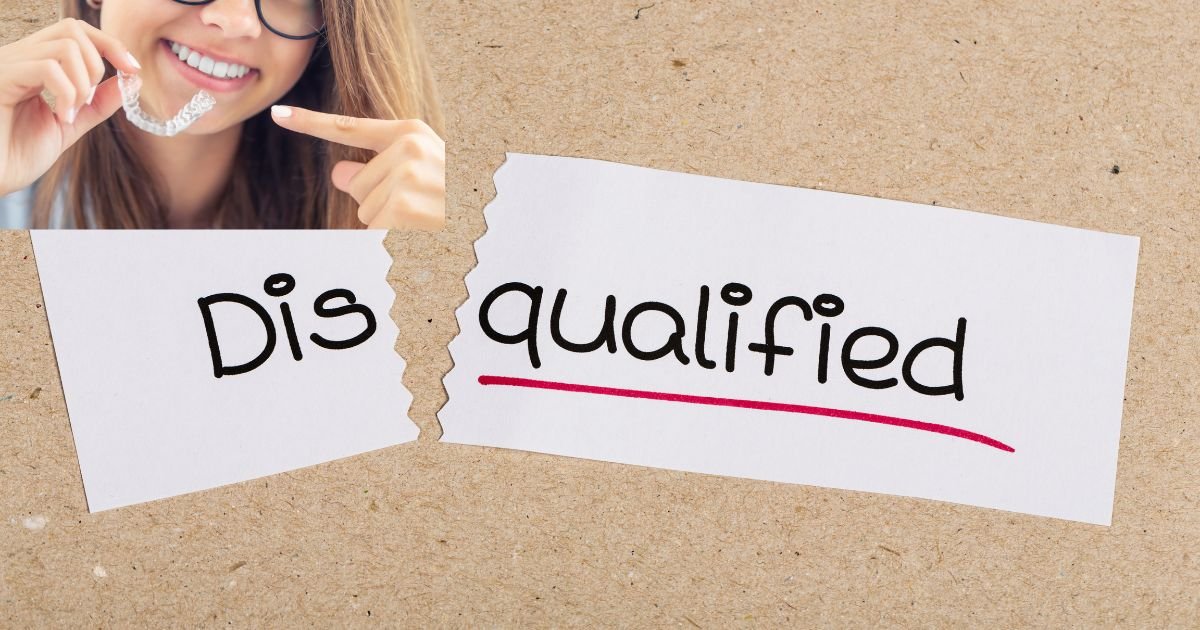
Excessive misalignment, bad oral hygiene, and an inability to commit to wearing aligners 20-22 hours each day can make an individual a poor candidate for Invisalign. Similarly, some dental issues, such as wide gaps or complicated bite problems, may not be suitable for Invisalign and may be addressed instead with braces.
Explanation:
Deep Overbite or Underbite – Braces may be necessary for more significant correction.
Severe Tooth Rotation or Crowding – Invisalign may not fully straighten these.
Bad Oral Hygiene – Bacteria trapped underneath aligners can exacerbate cavities or gum disease.
Forgetting to Put Your Aligners Back In – If you’re not wearing aligners according to the plan, it’s not going to work.
Space – Invisalign may not be able to close wide spaces.
What is the biggest complaint with Invisalign?
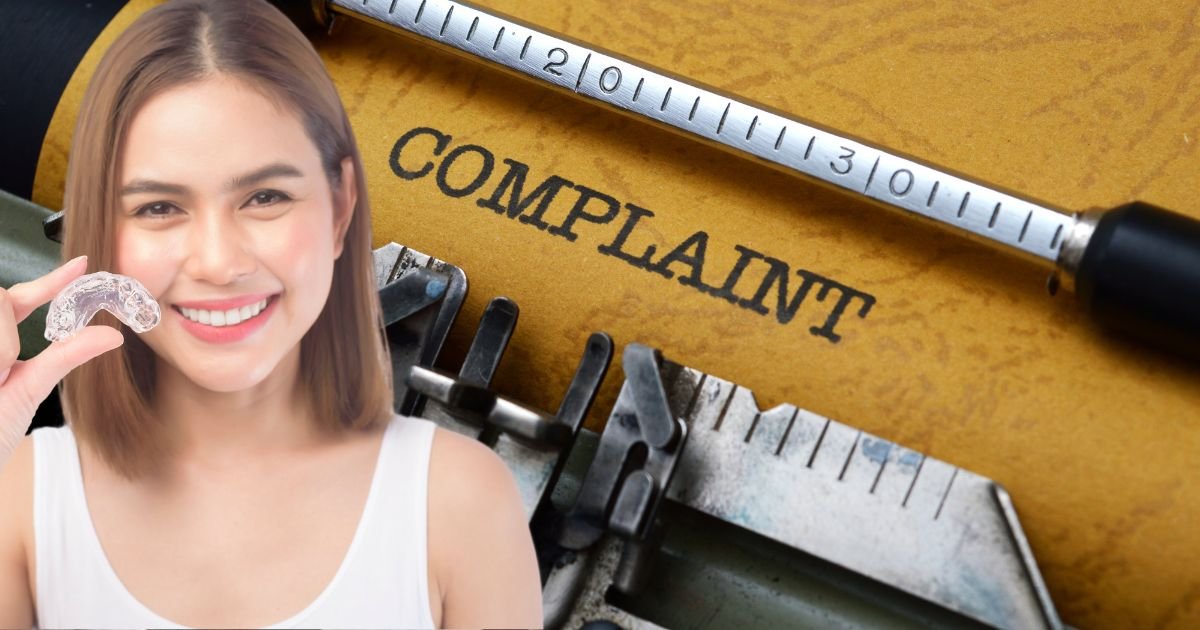
Most patient dissatisfaction is with the discomfort of full-time (20-22 hours) wear. Other complaints include painful transitions between aligners, the higher price and the pain of having to take them out before eating or drinking.
Explanation:
Need to Wear Daily For 20-22 Hours – If ignored, the treatment will not work effectively.
Changing Both Aligners Hurts – There is pain with both tray changes.
More Expensive Than Braces – Not all is covered by insurance.
It’s a Pain to Take Out the Aligners Before Eating – Then you have to brush your teeth after every time you eat before re-inserting.
May Cause Lisp / Speech Problems – Some people may have temporary changes in their speech.
Who should not use Invisalign?
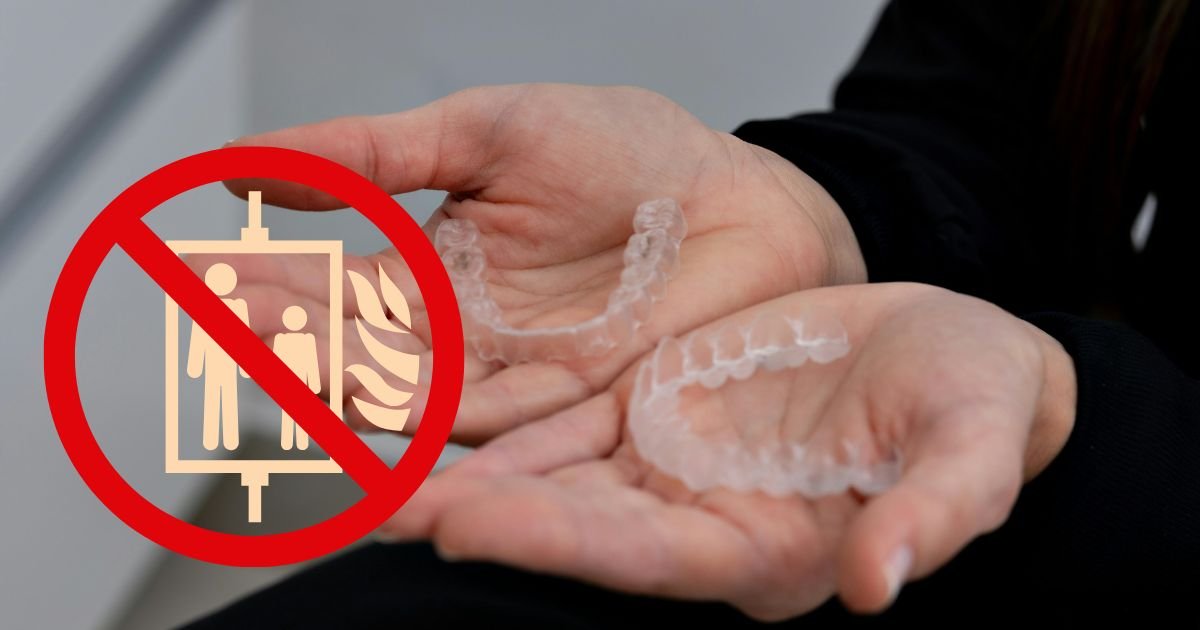
The most severe cases of dental misalignment, those unable to be trusted to wear aligners for 20 – 22 hours every day, and patients with poor oral hygiene should avoid the product. Braces are best for complicated orthodontic cases.
Explanation:
Patients with Severe Alignment Problems – Braces offer more powerful correction.
Forgetful Of Wearers – Not wearing them for the prescribed amount of time results in them not functioning properly.
Individuals with Bad Oral Health – Food and bacteria that are trapped in the mouth will lead to decay.
Young children – They may not be responsible enough to use them correctly.
People Who Lead Busy Lives – This includes athletes and those who need to take out their aligners regularly.
What is the failure rate of Invisalign?

Invisalign officially has a less than 5-10% failure rate, which is mostly due to the patient not following the protocol with commitment, or the misalignment is so serious that braces are needed even with the Invisalign. The key to success is wearing the aligners for 20-22 hours a day and following the orthodontist’s directions.
Explanation:
Compliance is the Key – Misusing your aligners will surely fail.
Braces Many for Severe Cases – For complex misalignment, Invisalign may not be effective for you.
Attachments & Refinements May Be Needed – Some patients require additional refinements.
After Braces, Teeth May Move Back – Retention following treatment is necessary.
Neglecting Oral Hygiene – Real problems (cavities or gum disease) can hinder progress..
What teeth are too bad for Invisalign?
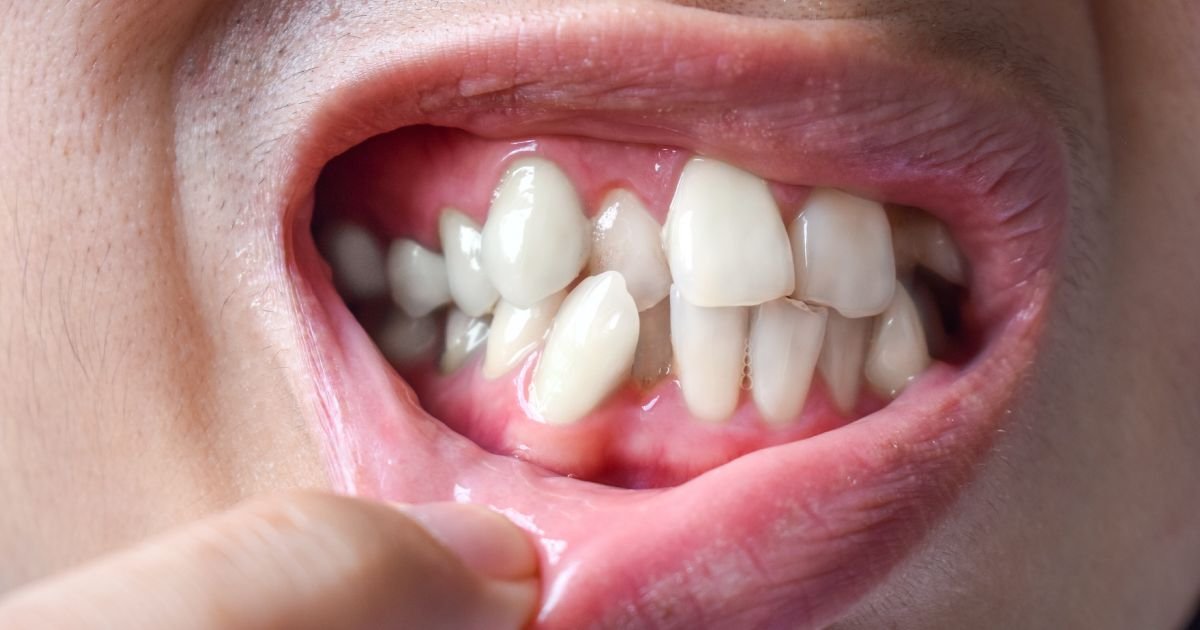
Invisalign might not be fixable for severely rotated, overlapped, or large-gapped teeth, extremely overbites, underbites, or crossbites. Complex cases always require the use of braces.
Explanation:
It may not be strong enough to correct a severe overbite or underbite as required.
Too Much Rotation of the Teeth – If a tooth is rotated greater than 20-30 degrees, then Invisalign may not be an option.
Severe crowding – Braces may be needed, or teeth may have to be removed.
Wide Gaps – Spaces of greater than 6mm per arch are difficult to close using Invisalign.
Complicated Bite Problems –crossbite or misalignment will require braces.
Does everyone get a lisp with Invisalign?

Not all cases of Invisalign-induced lisp, I am coming to realize, are the same (though anyone will get one if they pop in the partially inserted aligners and try to speak). It tends to resolve within days to weeks as the tongue acclimates.
Explanation:
Lisp is common temporarily – Aligners can reposition the tongue.
Lasts a Couple of Days to Weeks – The majority of people get used to it in a few days.
READING ALOUD HELPS PRACTICE MAKES PERFECT- If you struggle to adapt back to reading fast aloud if you can!
Some May Not Notice a Difference – Not all people have speech problems.
Severe Lisps Are Uncommon – In rare instances, it may mean that the Invisalign aligners will need to be adjusted.
What is quicker, braces or Invisalign?

For mild to moderate cases, Invisalign can be faster — 12-18 months vs. 18-24 months for braces. But braces move teeth more quickly in severe cases because they apply continuous pressure.
Explanation:
Save Time – Mild Cases are Done Quicker with Invisalign – Can be as little as 6-12 months of treatment.
Braces Are Best for Severe Cases – Perhaps it will take longer , but it is more effective.
Compliance Impacts Invisalign Speed – It takes longer to change your teeth if you are not wearing your aligners.
Braces Work 24 Hours a Day – There’s no chance of forgetting to put them on.
Caveats: Invisalign Treatment May Take Longer Than Enhanced. Another thing: Invisalign can take longer than E•Align’s 6 months, depending on your teeth and the efficiency of your orthodontist.
How common is root damage with Invisalign?

The roots (root resorption) may be damaged (rare with Invisalign, occurring in less than 2% of cases). You are more susceptible to it with braces, but other people have already mentioned why braces can have more of that kind of bacteria (they apply a lot more force than the aligners). Regular check-ins can help manage any risk.
Explanation:
Less Force = Lower Risk – Invisalign shifts the teeth into place more slowly than braces.
Under 2% of the Time – Unlikely to cause much damage.
More Common with/ Braces – Braces apply consistent pressure, raising the chance of emergence.
Keeping An Eye On Things Helps – X-rays look for root shortening.
Mild Resorption is Common –Small changes in tooth structure generally have no impact on tooth health.
What problems can Invisalign cause?

Invisalign may also be uncomfortable, cause temporary changes in speech, irritate the gums, and place you at greater risk for cavities if you don’t clean it correctly. Some people may also have trouble with adaptation to aligners or have some minor bite-related issues once the treatment is over.
Explanation:
Slight Discomfort – Some tenderness will be experienced when changing aligners.
Speech – You may have a mild lisp at first.
Gum Irritation – In some cases, aligners will irritate the gums.
Higher Risk of Decay – Ostensibly, bacteria that become stuck in the mouth, due to low oral health, may contribute to cavities.
Bite Problems – Some may require additional adjustments after treatment.
What if I don’t like my teeth after Invisalign?

Your orthodontist can perform refinements with more aligners if you aren’t satisfied with the results when you’re through with Invisalign. Sometimes, no more than a little straightening with braces or other treatments is required to achieve the desired look.
Explanation:
Refinement Aligners – Additional trays for any slight tweaks to your new smile.
The Safety Net of Braces -There are a few cases that may need final finish-ups with braces.
Retainers to Prevent Movement – Retainers can prevent it from moving.
The Key is communication – raise the issues with your orthodontist early.
Teeth Whitening Can Improve – A whiter smile may improve results.
Why do people choose Invisalign over braces?

Invisalign is popular because it is virtually invisible, comfortable, and convenient. Invisalign is removable, not like braces, so that eating, cleaning is easy. It is also less painful, and patients don’t have to visit the orthodontist as often.
Explanation:
Unseen Design – The aligners are transparent as opposed to metal braces.
Create a More Comfortable Experience – There are no metal brackets and wires to irritate your mouth.
Removable for Eating – Eat what you want, there are no restrictions with clear braces.
Simple Oral Hygiene – Brush and floss normally.
Fewer Dental Visits – No more adjustment visits as with braces.
Why do orthodontists not like Invisalign?

Certain orthodontists like braces as they give them more control over difficult-to-reach tooth positions. Invisalign is dependent on patient adherence and is not suited for more severe misalignment or bite issues.
Explanation:
Braces Are For Extreme Cases – Braces are best for severe misalignment.
Restricted Diet – Must be worn 20-22 hours per day.
More Limited Control of Tooth Movement – Braces can provide more precise adjustments.
Not Quicker Always – Invisalign takes much longer for severe cases.
Potential Cons – Some patients will need refinement of aligners.
How much does Invisalign cost?

In India, Invisalign costs between ₹1,50,000 to ₹3,50,000, and in the USA Invisalign price is between $3,000 to $8,000, depending on the complexity. Braces are typically cheaper, but you have a more aesthetically pleasing and comfortable option with Invisalign.
Explanation:
Depending on Case Complexity – The more complex the problem, the more expensive it is.
Price varies by location – Cost varies based on country and city.
Insurance can help offset costs – Most plans will have orthodontic benefits included.
EMI – Only a Few Available – Not all the clinics have EMI options.
Braces are Typically More Affordable – Once again, the price of metal braces is lower than that of Invisalign
Why do braces hurt more than Invisalign?

Braces hurt more because they use metal brackets and wires that put constant pressure. Invisalign shifts teeth slowly using see-through plastic aligners, which cause less irritation and are less painful.
Explanation:
Brackets and Wires Can Sometimes Hurt Gums- Metal can be abrasive, yes?
5 Frequent Tightenings Hurt – Getting your braces tightened every couple of weeks really hurts.
Invisalign applies a Softer Pressure – Shifts teeth more slowly.
No Sharp CornersInvisalign – Soft plastic is softer than metal braces.
Braces Can Lead To Ulcers – Metal components that rub against the mouth can result in ulcers.
Why do all dentists recommend Invisalign?

While not all dentists offer Invisalign, most do, because it has quickly become one of the most popular and comfortable cosmetic options for mild to moderate teeth straightening. But for serious misalignment, conventional braces might still be a better option.
Explanation:
Appearance – Clear aligners are more discreet than metal braces.
Easy to Wear – No poking or cutting cheeks or lips.
It is detachable to allow for eating and cleaning.
Great for Most Situations – It is good for slight to mild cases.
Requires Discipline – Not able to be used on a patient who may forget to put it back on.
Why is Invisalign so expensive?

Invisalign End Cost Invisalign costs a lot because of the sophisticated technology, the aligners being custom-made, and the supervision of a professional over the treatment. The price also covers 3D scans, multiple aligners, and refinements to guarantee that tooth movement is accurate.
Explanation:
3D Custom Scan – Each set of aligners is custom-built for the individual patient.
Multi-Aligners Required – The treatment comes in several phases of alignment.
SmartMaterial – Made with patented SmartTrack plastic for superior comfort and predictability.
Professional Supervision: Orthodontists oversee everything, driving the cost up.
Longer Treatment = More Expensive – The longer you need to wear the aligners, the more you will have to pay.
Do you have to wear Invisalign forever?

No, but you will need to wear a retainer after Invisalign has completed to keep your teeth in position. Retainers will prevent the teeth from moving back, and nighttime retention should be indefinite.
Explanation:
Average Treatment Time is 12-18 Months – This will depend on each case.
Retainers Needed Afterward – Stops teeth from reverting.
Use Nighttime Only is Recommended for Life – Aids in the continuation of progress.
Neglecting Retainers May Undo Whatever Progress You Made – Teeth have a natural tendency to shift.
You Can Choose Permanent or Removable Retainers – Talk to your ortho.
Are fast braces better than Invisalign?
Fast braces can be faster than Invisalign in certain cases, but they are high-force braces that can be more uncomfortable. “Invisalign is a bit gentler and more aesthetic; however, for complex misalignment, braces are still the superior option.
Explanation:
Fast Braces Work in 3-12 Months. Uses strong forces to shift teeth.
Additional Discomfort Using Fast Braces – Greater force leads to pain.
Invisalign is Kinder – Your teeth are moved slowly over time.
Truer Words Were Never Spoken. Braces Are Better For The Worst Cases – Invisalign does not have the capability for complicated cases.
Choose What You Need – Ask an orthodontist for advice.
Is Invisalign painful?

Invisalign is less painful than braces in most cases, but you may experience a little soreness when you advance to a new tray. The pressure on teeth lasts a few days and then diminishes as they get used to it.
Explanation:
Mild Discomfort is expected – Your teeth might be a little tender when using new trays.
Less Irritation Than Braces – No metal wires or brackets on your gums to cause mouth sores.
During these first few days you’re bumming, unable to chew anything hard and crunchy.redirectTo=iosappUpdateTime.
Painkillers Are OK, if Necessary – Over-the-counter drugs can reduce pain.
For Some, It Doesn’t Hurt at All — People have a wide range of experiences.
Which is cheaper, braces or Invisalign?

Braces are generally less expensive than Invisalign and will cost between ₹50,000 – ₹1,50,000 per treatment in India, India, while the Invisalign treatment typically costs between ₹1,50,000 and ₹3,50,000. The least expensive braces are traditional metal brackets.
Explanation:
The most affordable are Metal Braces.
Invisalign will be the More Expensive Option – This is because of the technology and customisation.
Ceramic Braces More Expensive Than Metal – Clear ceramic & more expensive option.
Lingual Braces That rear your teeth, expensive. August teenager Bracket uper lot of technology behind Bracket uper lot expensive.
Insurance Might Cover Some of the Cost — If you have a plan.
Can Invisalign fix crooked teeth?

Yes, Invisalign can correct slightly to moderately crooked teeth, but serious problems will likely need braces. The aligners, worn for several months at a time, slowly reposition teeth into alignment.
Explanation:
Suitable for Mild to Moderate Occurrences – Can correct teeth alignment.
Braces — Braces offer similar control but are more accurate.
Personalized Treatment Plan – No two Invisalign treatments are the same.
Average: 6-18 Months – Treatment time depends.
Retainers Maintain Teeth – Helps keep teeth in their new position.
Is Invisalign covered by insurance?

Invisalign is covered by some dental insurance plans, but the extent of coverage varies. Many plans provide partial coverage akin to braces, but you’ll need to be prepared to pay for the balance out of pocket.
Explanation:
Depends on the Insurer – Many Insurers do cover Invisalign.
Coverage is Partial – Typical that some cost is covered.
Pre-Approval May Be Required – please check with your insurance company.
Payment Plans – Most clinics offer payment plans.
Braces Are More Likely to be Covered – Traditional braces are more often accepted by insurance plans.
How long do you wear Invisalign?

Invisalign treatment will last anywhere from 6 to 24 months, depending on your specific case complexity. The average patient finishes treatment in 12-18 months, but aligners must be worn 20-22 hours a day to be successful.
Explanation:
Temporary mild cases -6-12 months – microdistractions are much faster.
Moderate to Severe Cases Take More Time – Some need a full 2 years.
It is all about compliance – The aligners have to be worn minimum of 20-22 hours a day.
Results Due to Skipping Wear Time Delays – May add to the duration of treatment.
Refinements Can Add Time – Additional aligners may be necessary for complete perfection..
Does insurance pay for Invisalign?

A few dental insurance plans pay for Invisalign, but what gets covered depends on the plan. Partial reimbursement is what a lot of plans offer, like with braces, but patients often end up having to pay the remainder out of pocket. It is important to check with your carrier.
Explanation:
Coverage depends on Your Plan – Some insurance plans cover Invisalign.
Rare to Cover Full – Usually, only part of the cost will be covered.
Pre-Approval May Be Necessary – Pre-authorization of treatment may be necessary with some carriers.
Yearly Limits – Most of the plans have a per-year maximum amount set for orthodontics.
More Coverage on Braces – Traditional braces are covered more often.
Is it hard to get approved for Invisalign?

Whether you are approved for Invisalign is determined by the state of your teeth. Most mild to moderate cases are eligible, although those with severe misalignment, jaw issues, or specific bite problems may need traditional braces. An orthodontist consultation will confirm if you are eligible.
Explanation:
Easy for Mild – to – Moderate Cases – Invisalign is perfect for mild crowding, small gaps, and minor misalignment.
It is Possible that Severe Cases May Not Qualify- Complicated bite problems may require traditional braces.
Jaw Position counts – If you have a serious overbite, underbite, or crossbite, other methods may be more suitable.
Consideration is given to Oral Health — Gum health or poor teeth can impact qualification.
Orthodontist Approval Needed – It is only a professional who will be able to say whether Invisalign is right for you or not.
X-Rays and Scans are Necessary – We need X-rays to evaluate the treatment possibility.
Tammy – Other Options Available – If you do not qualify, lingual braces or clear braces are an option.
Is Invisalign painful?

Invisalign is less painful than braces, though it does cause some pain, particularly when changing aligners. Teeth may be sore due to the pressure of aligners shifting them, but this usually fades within a few days.
Explanation:
Light Pressure is Normal – Teeth may experience some pressure as they get used to new aligners.
More Comfortable Than Braces – No metal wires or bands to irritate your mouth, and best of all, no one can tell you are wearing this kind of aligner.
The First Day or Two Is the Toughest – New aligners may feel uncomfortable.
Pain is Only Temporary – Pain usually resolves in 2-3 days.
OTC Pain Relief Does the Trick — A shot of Ibuprofen or acetaminophen can do wonders.
Chewing Exercises Help – Biting on chewies helps relieve discomfort and make sure trays are aligned.
Invisalign Should Be Snug – Discomfort can signal fitting issues, need to be resolved.
How can I straighten my teeth without braces?

Braceless options for tooth straightening include Invisalign, veneers, retainers , and cosmetic bonding. The technique depends on the severity of malocclusion and the general oral health.
Explanation:
Invisalign is the Most Popular Option – Clear braces that move teeth a little bit day by day, without metal brackets.
Dental Veneers Provide Immediate Results –For a beautiful smile, there’s nothing like covering crooked teeth with porcelain veneers.
Retainers Are a Solution for Minimal Adjustments – Retainers, fixed or removable, can either help to keep alignment as it is or be nudged several millimeters either way.
Cosmetic Bonding May Enhance Your Appearance – Resin can be used to reshape slightly crooked teeth.
Surgery Could Be Necessary In Extreme Cases – Orthognathic surgery fixes severe bite problems.
Prevent Additional Problems – Vigorous thumb sucking and tongue thrusting can cause more problems down the road.
See a Professional First – Let a dentist or orthodontist tell you what treatment is going to work best.
How do you qualify for Invisalign?

If you have mild to moderate misalignment along with good oral health and fully developed adult teeth, Invisalign is suitable for you. Deep bite problems or untreated gum disease might make you a poor candidate.
Explanation:
Ideal Candidates Have Mild to Moderate Cases – Invisalign is effective for gaps, crowding, and misalignments.
Serious Bite Issues Could Call for Braces – Overbite, underbite, and crossbite may require different types of treatments.
Healthy Gums – Good periodontal health is a foundational element to successful Invisalign treatment.
Cavities and Infections Are Not Present – Any dental problems will need to be treated first.
All Adult Teeth Should be Fully Developed – The treatment applies to teenagers and adults with permanent teeth.
Its all about the commitment to wear them – trays should be worn for around 20-22 hours a day.
Orthodontist Assessment Required – Digital scans determine if you’re a candidate.
How do you age your Invisalign?

Invisalign doesn’t “age,” but aligners have to be replaced every 1-2 weeks as part of treatment. Once the treatment’s done, retainers are used to keep teeth in their new positions.
Explanation:
Regular Aligner Replacement – It is recommended to change trays every 1–2 weeks.
Treatment Duration Is Different for Everyone – Typical treatment durations range from 6–24 months.
Retainers Are Required After Treatment – Helps keep teeth in their new position.
Do not use your old aligners – They do not fit and have become less effective over time.
Cleaning Right “It” is LIFE of Aligners – Every day brushing for no staining.
– Missing Aligners Will Need Immediate Replacement – Delays can slow down progress.
Maintenance Is Critical – Orthodontists monitor progress and adjust.
Does Invisalign cover all teeth?

Yes, Invisalign treats the entire set of teeth, but the number of aligners and the movement differ per how much there is to shift the teeth. In some cases, additional refinement trays may be needed to achieve complete correction.
Explanation:
Aligners are personalized – They Are made to fit snugly over all teeth.
Some Teeth Move More, Others Less – That can be adapted as required – treatment is tailored to every case.
Extra Aligners May Be Needed in Severe Cases- Extra aligners will help to further improve alignment.
Not Appropriate for Everyone – Severely rotated teeth might still require braces.
Full-Mouth Veneers Are Not Equal – Each patient requires different levels of correction.
Attachments Facilitate Movement of Specific Teeth – Tiny bumps allow for charge.
Final refinements refine the final smile -“ Extra trays perfect the smile.
Can you eat with Invisalign?

No, you can’t eat with Invisalign in your mouth. The aligners should be taken out before you eat to avoid damaging, staining or warping. You can drink safely only with water in them.
Explanation:
Take Aligners Out Before Eating – You’re not supposed to eat with your Invisalign trays in.
You Can Break or Distort Them by eating with Aligners on – Hard and sticky foods can crack or warp them.
Aligners Can Become Stained – Coffee, tea, and brightly colored foods can cause stains on trays.
Only Water is Okay – Other liquids could damage the aligner transparency.
BRUSH and RINSE BEFORE RE-INSERTING – Prevents cavities, keeps your removables and aligners clean!
Chewing Exercises Are for the Fit Only – Chewies are for better aligner seating, not grub.
Follow the Orthodontist’s instructions – Best treatment result guaranteed.

Dr. Niraj Ghanghoriya is a passionate dental surgeon with over 12 years of experience in clinical dentistry. He completed his BDS from the prestigious Sri Aurobindo Institute of Dentistry in 2012 and specializes in painless root canals, smile makeovers, and preventive oral care. Known for his patient-first approach and clear communication, Dr. Ghanghoriya aims to make dental knowledge accessible to everyone. When he’s not in the clinic, he enjoys writing informative dental blogs to help people take better care of their oral health.
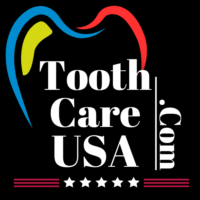

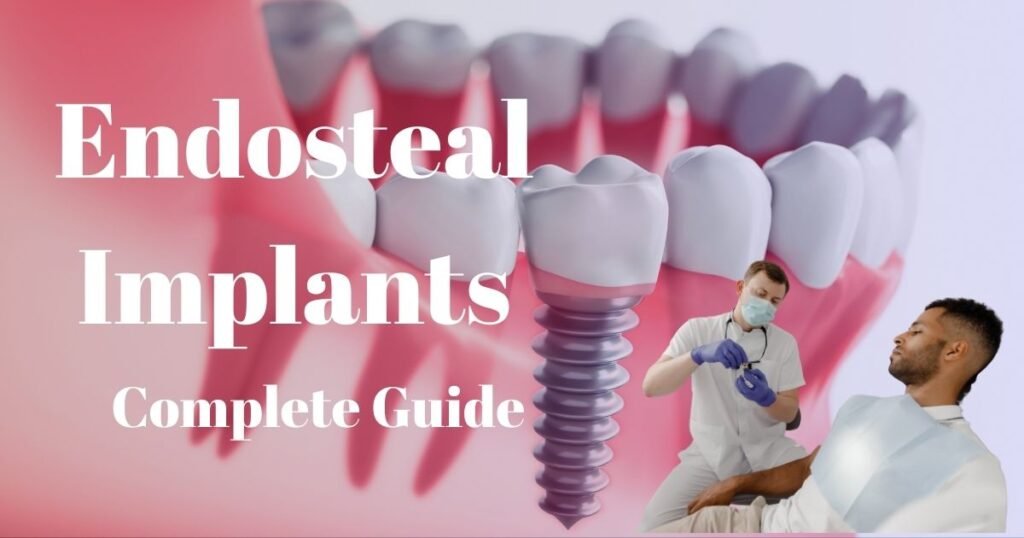
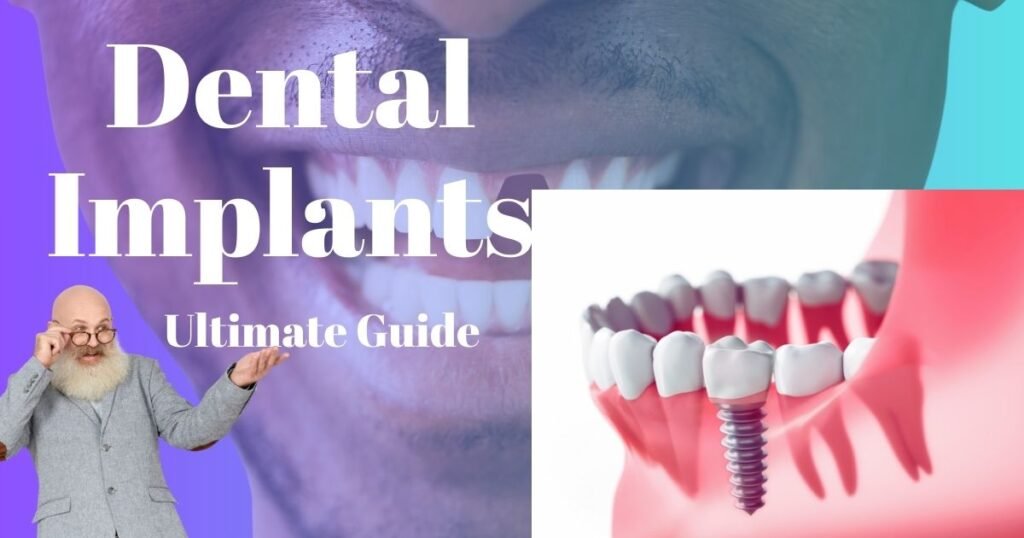


I feel this is among the such a lot important information for me. And i am glad studying your article. However should observation on some normal things, The web site taste is great, the articles is in point of fact great : D. Just right job, cheers